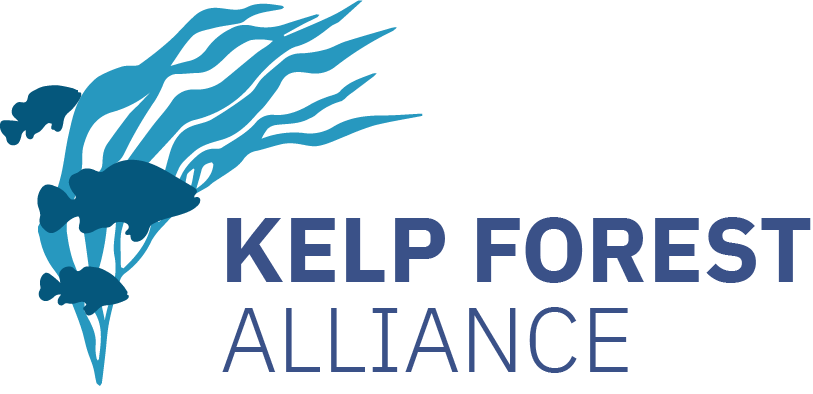Restoration Objective:
In order to prove the cause–effect relationship between sea urchin density and formation of barren ground, a caging experiment was carried out to manipulate sea urchin density in order to evaluate the grazing pressure of this sea urchin on S. siliquastrum, the main subtidal canopy species. Furthermore, the effectiveness of transplantation strategies using adult Sargassum thalli or Sargassum recruits on ceramic tiles to facilitate the recovery of Sargassum beds was also investigated.
Site Selection Criteria:
This site experiences strong wave action, especially during the summer monsoon.
Cause Of Decline:
From 2006, the Sargassum bed in Lung Lok Shui (LLS) in Hong Kong started to diminish. This coincided with a bloom in density of short-spined sea urchin Anthocidaris crassispina, one of the major grazers of Sargassum spp. in Hong Kong. An urchin barren ground was ultimately formed in LLS in 2008, and various Sargassum spp. including S. siliquastrum were no longer found since then, although patches of S. hemiphyllum individuals could still be found in the lower intertidal and shallow subtidal.
Key Reasons For Decline:
Overgrazing
Scientific Paper
Assessing the potential for recovery of a Sargassum siliquastrum community in Hong Kong
Journal of Applied Phycology, Vol. 26.
https://doi.org/10.1007/s10811-013-0097-1



